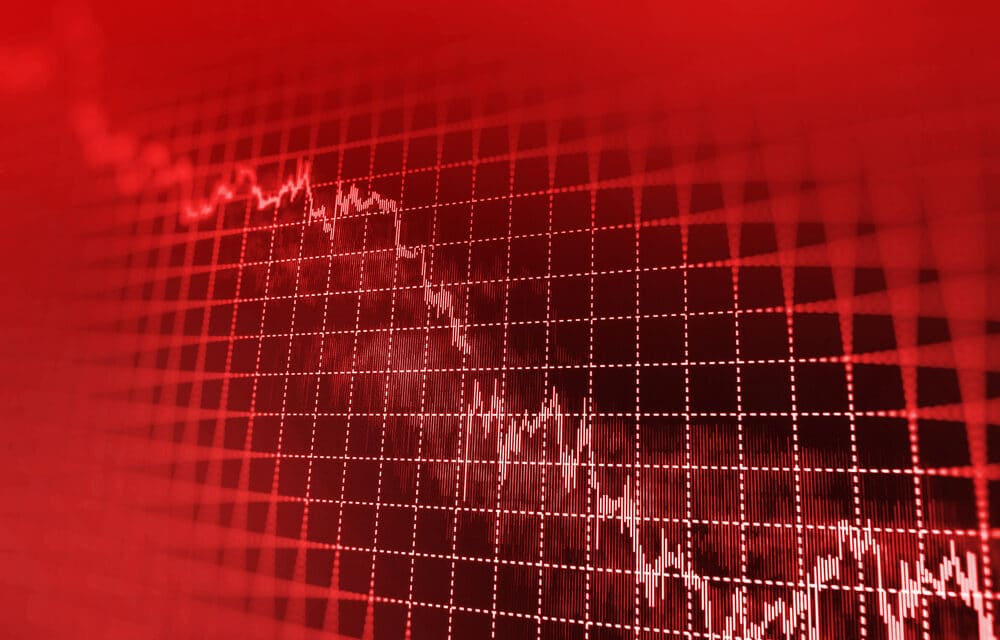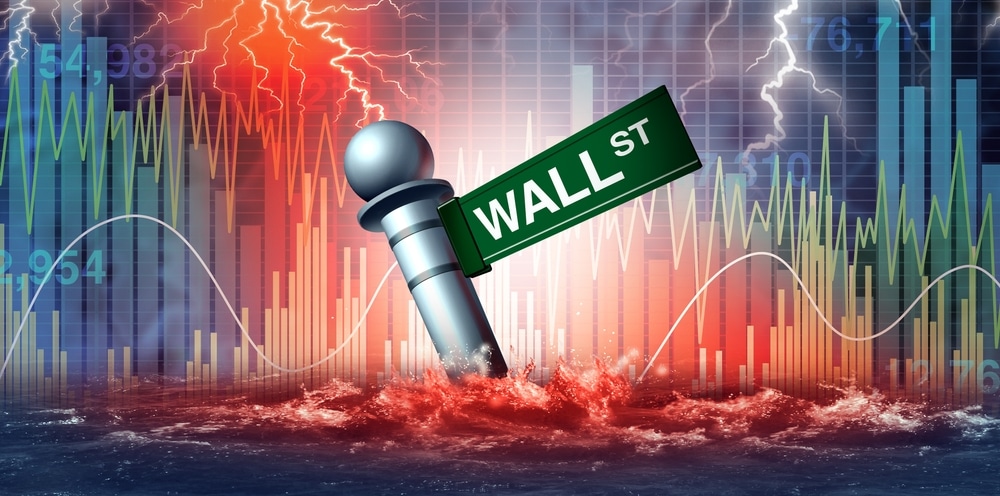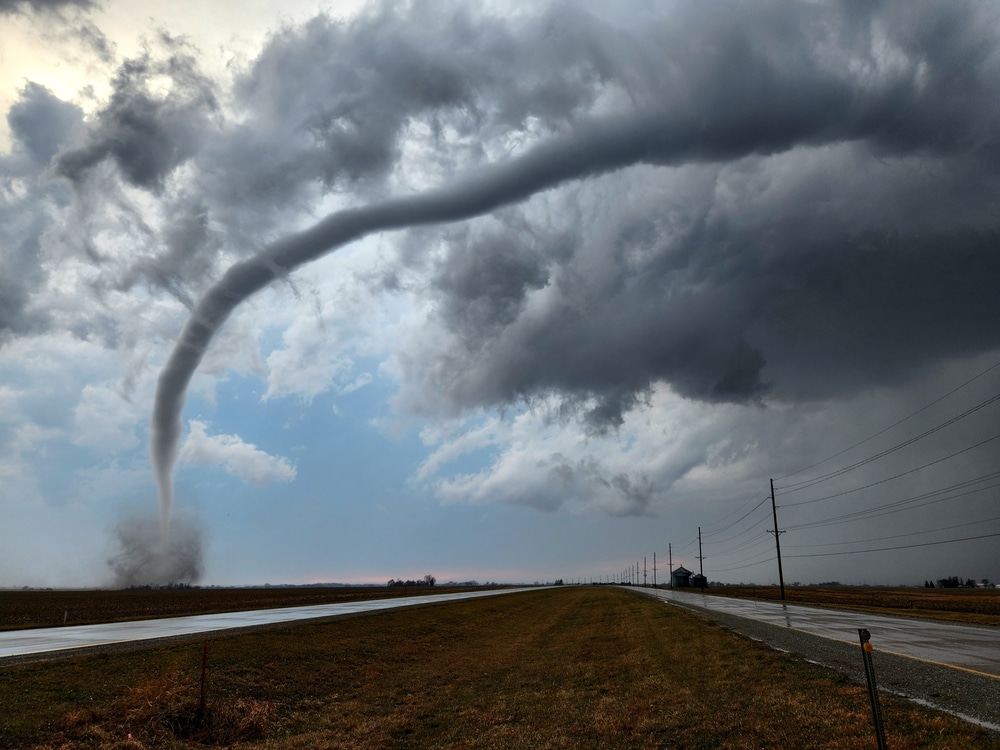A new report from Protocol is asking a very serious question. Are we in a bubble? Are we in a superbubble? And what happens when it bursts? Bubble goo, probably. Or at least that’s how we thought about bubbles in the dotcom era:
They end in a big, sticky mess that takes forever to clean up. But things have gotten a lot more complicated since then. A singular bubble that pops all at once isn’t the right mental model anymore. Cash inflates bubbles. And the global pool of money just keeps swelling.
By 2020, gross savings in the U.S. and China combined had grown to more than $10 trillion, according to World Bank data. The pandemic only spiked the savings rate higher as households cautiously guarded cash.
And those are just savings, not investments; the global stock and bond markets were worth nearly $230 trillion that year, according to SIFMA. Some of those savings flooded into Big Tech: Even with recent market pullbacks, Apple and Microsoft are worth more than $2 trillion, and Alphabet and Amazon are also in the $1 trillion-plus club.
The sell-off of U.S. stocks in 2022 gained intensity Monday as investors dumped risky assets like equities in anticipation of a less friendly Federal Reserve.
The Dow Jones Industrial Average lost more than 1,000 points at one point and the decline in the S&P 500 from its record touching the 10% threshold, but stocks rallied off the lowest levels of the session in the afternoon.
The Dow Jones Industrial Average fell about 570 points, or 1.7%, falling for a seventh straight day. At its lows of the day, the blue-chip index shed about 1,115 points. The S&P 500 shed 1.7% and headed for its worst month since March 2020.
The benchmark is down about 10% from its intraday high. The Nasdaq Composite declined 1.5%, falling deeper into correction territory down more than 16% from its intraday high. “I think there’s more pain to come,” said Wharton School finance professor Jeremy Siegel on CNBC’s “Squawk Box.” “When a bear market comes, it doesn’t spare the good stocks or the bad stocks. I mean, they all go down.”
Meanwhile, On Monday, bitcoin fell to $32,982.11, its lowest point since July, according to Coin Metrics, but the largest cryptocurrency by market cap was up 2.5% in afternoon trading, to $36,108.92.
Ether plunged to as low as $2,176.41, its lowest since July, according to Coin Metrics. It last fell 1% to $2,390.13. Bitcoin and ether are about 40% and 51% off their respective all-time highs.
Cryptocurrencies have been moving in tandem with stocks, which have continued to fall since the beginning of the year and just came off of their worst week since March 2020. Investors have been selling risk assets like technology stocks, as they prepare for tighter monetary policy from the Federal Reserve.
“It’s possible that macroeconomic concerns, such as the Fed’s response to inflation rates, have facilitated more de-risking activity in general,” said Juthica Chou, head of OTC options trading at Kraken. “The recent price drop, coupled with high volatility, could be leading to further selling as participants look to reduce risk.”


















